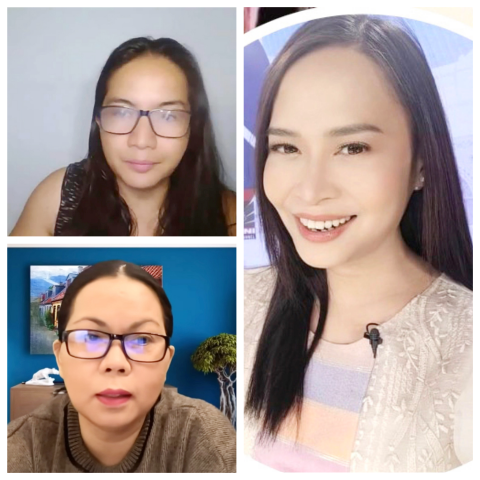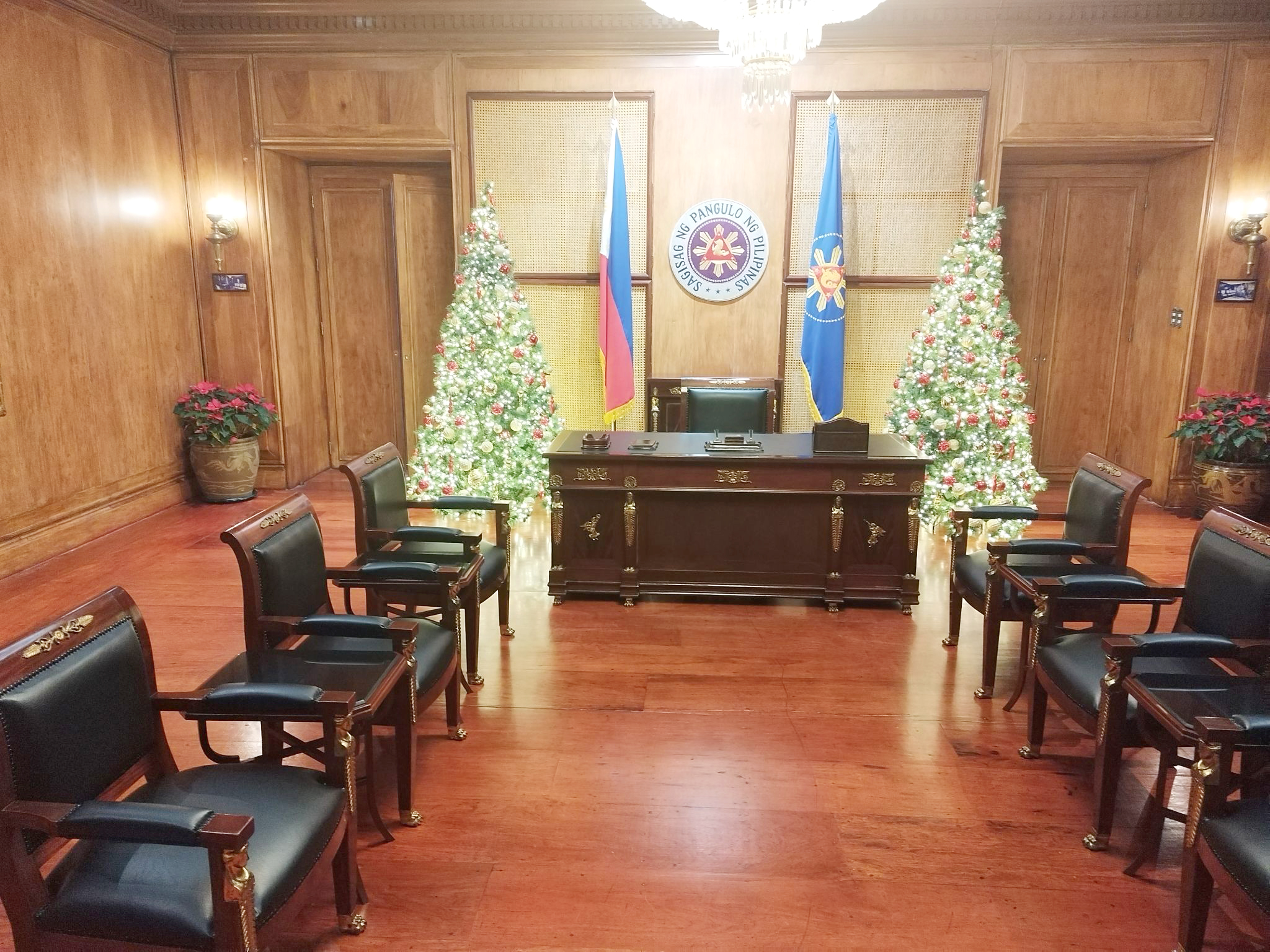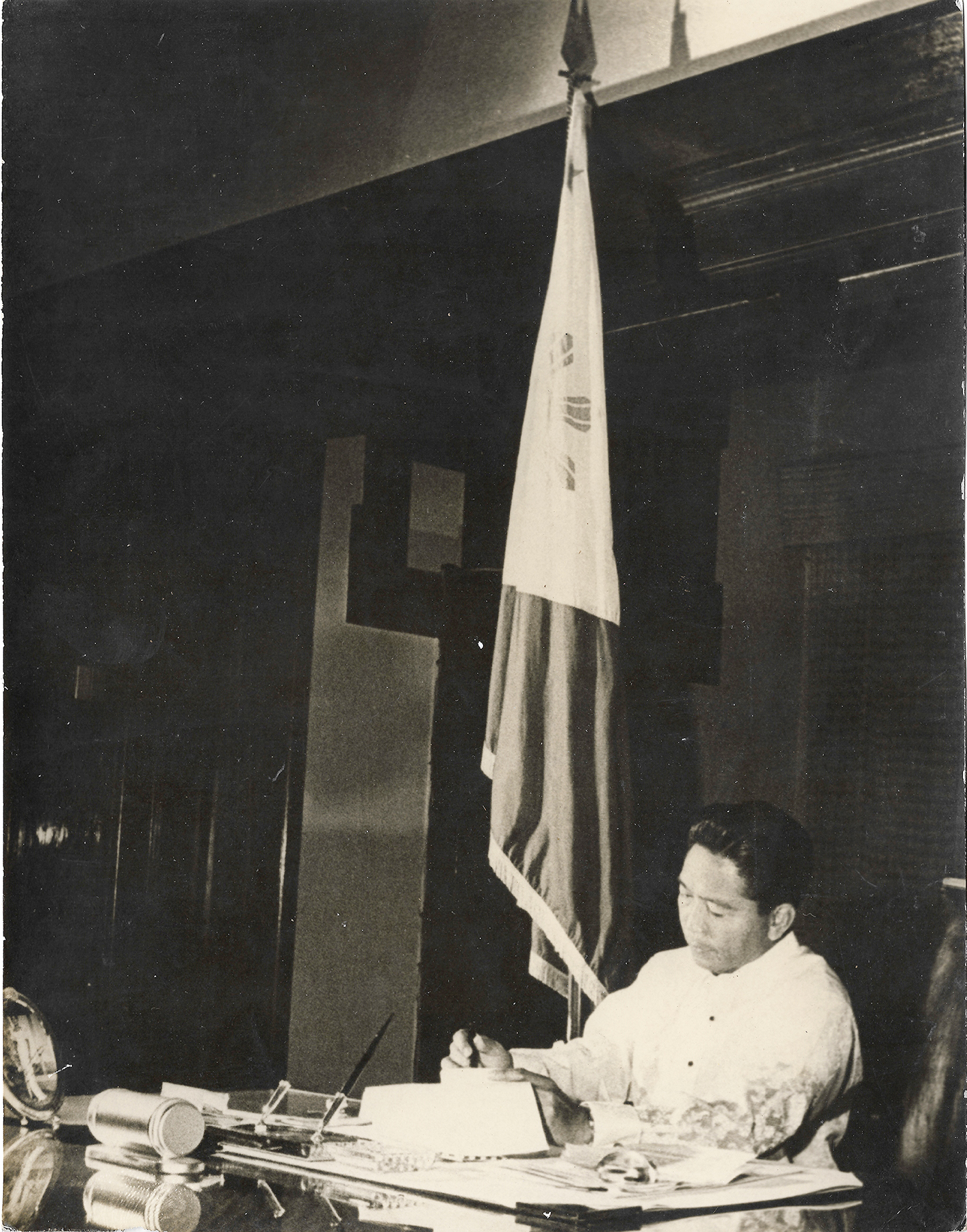War on social media
What does it mean if political voices get taken down?
At A Glance
- Hearing Maharlika and Sass Rogando Sasot in subsequent vlogs after their respective FB pages' suspension, one begins to wonder if there may be other variables at play? Nevertheless, the latest storm brings to the fore the massive role social media plays in the lives of Filipinos today.
In the past week we have seen a couple of high-profile Filipino political vloggers suspended from Facebook. Suspension of social media (socmed) accounts of celebrities and other socmed commentators (political, entertainments, social, cultural …) is nothing new.
If you Google the names of famous people whose accounts have been suspended from social media platforms like Facebook, Instagram, TikTok, and Twitter you will see personalities like the former US President Donald Trump (who has since been allowed back), rapper Ye formerly known as Kanye West, singers Rihanna and Courtney Love, talk show host Chelsea Handler, just to name a few.

In the Philippines, Meta has taken down Pastor Apollo Quiboloy’s Facebook and Instagram pages, as well as those of political vloggers Maharlika and Sass Rogando Sasot. I personally know people whose accounts have been suspended or restricted to limited access for some time for violating community standards. Most of us are aware of these community rules and the consequences of not following them. Among the reasons for suspension, for instance, is nudity or lascivious behavior, as well as inciting violence, issuing direct threats, making defamatory statement, spreading false and misleading information, or even being just a “hot head.”
How do we get suspended? Most often, someone reports the alleged offending post. So, please be sure to read community standards of your respective social media accounts. Hearing Maharlika and Sass Rogando Sasot in subsequent vlogs after their respective FB pages’ suspension, one begins to wonder if there may be other variables at play? Nevertheless, the latest storm bring to the fore the massive role social media plays in the lives of Filipinos today.
A 2021 report released by the Digital Marketing Institute shows that the Philippines has the “highest social media usage rate in the world, spending an average four hours and 15 minutes on the web every day.”

According to the report, the most used platform in the country is Youtube, followed by Facebook, and then by Facebook Messenger. The thing with social media today, according to Viviane Roese in her article “You Won’t Believe How Co-dependent They Are: Media Hype and the Interaction of News Media, Social Media, and the User,” is “to a certain degree, social media offer more democracy, and a platform for each user to have their say.”
“Everyone can publish their own thoughts without any institutionalized gate keepers,” she added. “This theoretically enables every user of social media to actively create and influence media storms and media hype. They are all interconnected as part of a network where news can spread like a virus.”
Roese says, “In a world where the lines between social media and news media seem to be blurring, a majority of people get their news from social media instead of mainstream media” with Facebook and Twitter being the two most important sources of news today.
To underscore this point, Roese concluded in her study that “although majority of social media users, experts or not, state that social media are not a reliable source of information, they increasingly retrieve their news from social media. Moreover, Twitter and Reddit can officially call themselves a ‘news app,’ alongside CNN or the New York Times—despite being social media platforms with user-generated content that does not meet journalistic standards.”
This is where people have to be clear about the news they get from social media since nowadays user-driven content and mainstream media news are often absorbed equally as credible and legitimate, especially when it evokes strong emotions and when it seemingly resonates the “truth.” Some would still argue the latter is more legit because there is a hierarchy that ensures “responsible” content-creation and dissemination of news, thereby making it more reliable reporting.

Unfortunately, the process of upholding responsibility in mainstream media takes a little more time than just getting the information from the source and uploading the “raw” information on social media, without going through check and balances like answering to one’s producer or editor, as I have done in the past and as I am doing in the present.
In a news organization the company will be answerable to any legal issues arising from irresponsible journalism. So, you have producers and editors to ensure the company is not sued as a result. But then aren’t vloggers more exposed to legal ramifications for their content if found to be untrue or misleading? They do not have the protective layer journalists in mainstream media have, so shouldn’t this be incentive enough for the vloggers to be more responsible for what they say?
I think most vloggers are aware of this. They have taken measures to ensure they disseminate the truth. But whether suspension of socmed pages is done to adhere to community standards that take into consideration the sensibilities of the users as stipulated in the community standards agreement or is due to certain factions who may want to silence their voices by reporting the vlogger’s post or posts, who can tell? I can only speculate the affected vloggers may know something we don’t? With hope, for the sake of our inner Marites, time will tell.
Having said that, I must add that some reports from mainstream media in the years after 1986 about my late uncle President Ferdinand E. Marcos (PFEM) and his family were not necessarily objective and responsible either. So irresponsible content creation can be committed by both sources of news (socmed and mainstream).
Over the holidays, I had the great fortune of visiting Malacañan Palace. My visit was brief, but I wanted to make the most of it. I was given a short list of things to see. I saw all but one really took me back on so many levels—the study.
When I was little, and through my teens, I would see this room on special occasions, like when my father would report to my uncle PFEM and he would tag me along. To me then, the study was just a room, where my uncle met people. But over the past two years, I have sifted through photos of countless meetings between PFEM with various local and foreign dignitaries and personalities. I have since created a category for images taken in this very room spanning over 20 years of my uncle’s administrations—“FM in Study.”

A deeper understanding of the significance of this room was made possible by mentions in his diaries and reports of what took place here, where cameras were not allowed, which would eventually shape the course of our nation’s history.
Today, this room contains a beautiful pastoral painting by Fernando Amorsolo. In my uncle’s book Tadhana, Amorsolo was said to “embody nationalism in the “dalagang bukid or country lass who embodied the Western ideal of beauty such as the Venus de Milo or the Mona Lisa.” This idealized version of reality where Amorsolo forged a Filipino identity manifested in paintings depicting “farm people joyfully going about their cyclic chore of planting and harvesting to the tune of a guitar” would soon be challenged by the Thirteen Moderns or “The Moderns,” led by architect-painter and the Father of Philippine Modern Art Victorio Edades, Galo Ocampo, and Carlos “Botong” Francisco.
The Moderns wanted “a more expressive view of reality depicting a war-ravaged society,” which Amorsolo’s group merely hinted at, even at the height of the Japanese occupation of the Philippines. The Thirteen Moderns were Edades, Ocampo, Francisco, Arsenio Capili, Demetrio Diego, Anita Magsaysay-Ho, Bonifacio Cristobal, Cesar Legaspi, Diosdado Lorenzo, Jose Pardo, Vicente Manansala, Ricarte Puruganan, and Hernando Ocampo. Amorsolo was a very prolific artist with over 10,000 pieces of artworks created during his lifetime.